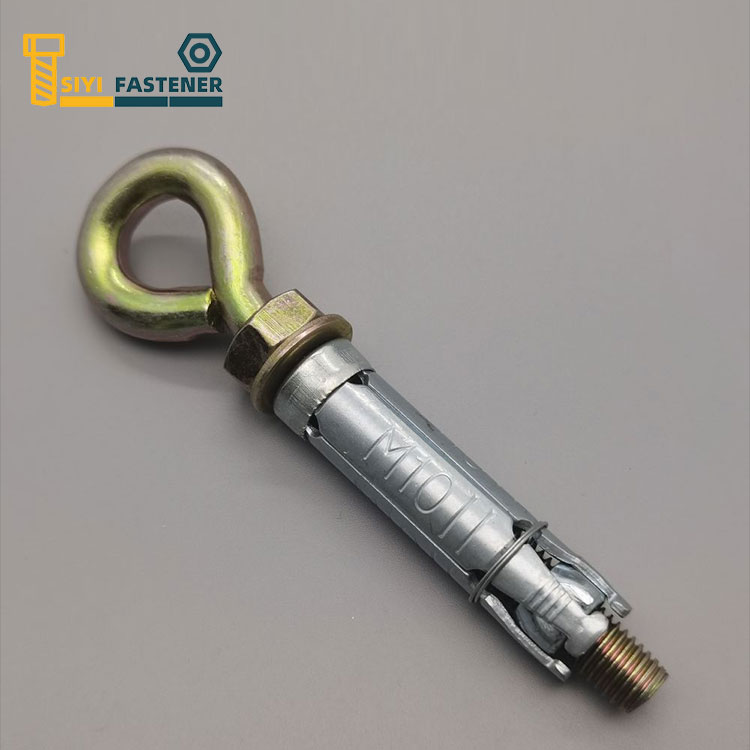What is Sleeve Anchor
2023-10-21
A sleeve anchor is a type of fastener used to securely attach objects to concrete, brick, or other masonry materials. It is designed to provide a reliable and robust anchoring solution, especially in construction and building applications where heavy loads or structural stability is required. Sleeve anchors are versatile and are commonly used for mounting fixtures, equipment, handrails, signs, and other items to masonry surfaces. Here's a closer look at the key features and how sleeve anchors work:
Key Features of Sleeve Anchors:
1. Threaded Body: Sleeve anchors have a threaded outer body, typically made of metal, which resembles a long, cylindrical tube. The threads are cut into the surface of the anchor, allowing it to grip the masonry material effectively.
2. Expanding Sleeve: Inside the body of the anchor, there is an expanding sleeve made of metal or another durable material. This sleeve can be a cone, cylindrical, or other shapes, depending on the design of the anchor.
3. Nut and Washer: At the top of the threaded body, there is a nut and washer assembly. When tightened, the nut pulls the anchor deeper into the masonry while compressing the expanding sleeve, causing it to expand and secure the anchor in place.
4. Various Materials: Sleeve anchors are available in various materials, including stainless steel, zinc-plated steel, and other alloys. The choice of material depends on the environmental conditions and load requirements of the specific application.

How Sleeve Anchors Work:
1. Drilling: To install a sleeve anchor, a hole must first be drilled into the masonry using a hammer drill and a masonry bit of the appropriate size. The hole should be slightly deeper than the length of the anchor to allow for effective expansion.
2. Insertion: After drilling the hole, the sleeve anchor is inserted into it. The threaded body of the anchor is positioned in the hole while the unthreaded part, which contains the expanding sleeve, is located near the bottom.
3. Tightening: A wrench is used to tighten the nut on the threaded end of the anchor. As the nut is turned, it draws the anchor deeper into the hole. Simultaneously, the expanding sleeve is compressed and forced against the walls of the hole, creating a tight fit.
4. Expansion: As the sleeve anchor is tightened, the expanding sleeve expands radially, gripping the surrounding masonry material. This expansion provides a secure and reliable connection, preventing the anchor from coming loose.
5. Load Bearing: Once the sleeve anchor is properly installed, it can bear substantial loads, making it suitable for various applications where stability and strength are essential.
Sleeve anchors are favored for their strength and durability in anchoring objects to masonry. However, it's crucial to select the right type, size, and material of sleeve anchor for the specific application and follow manufacturer guidelines for installation to ensure a secure and reliable attachment.


